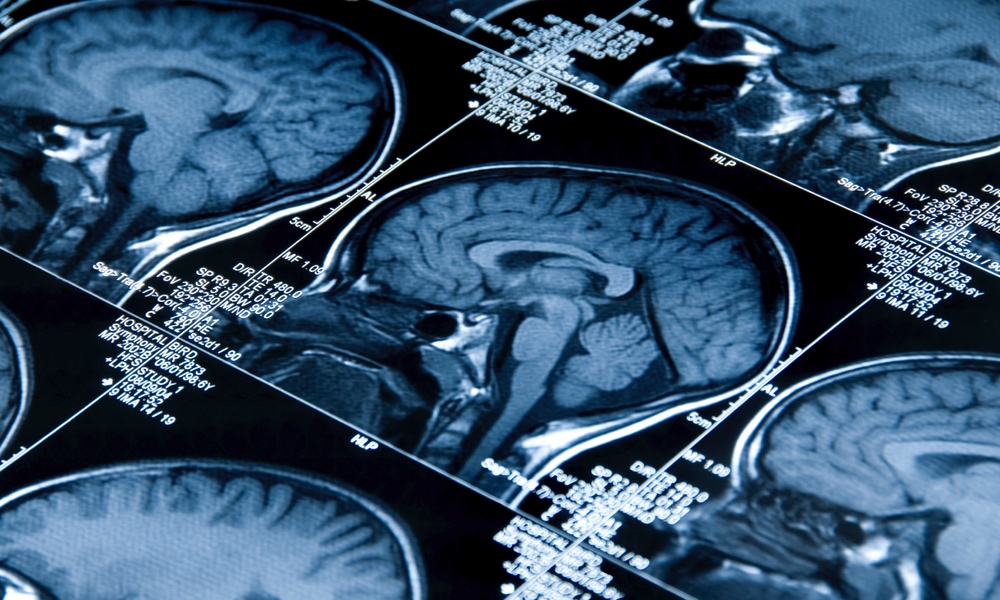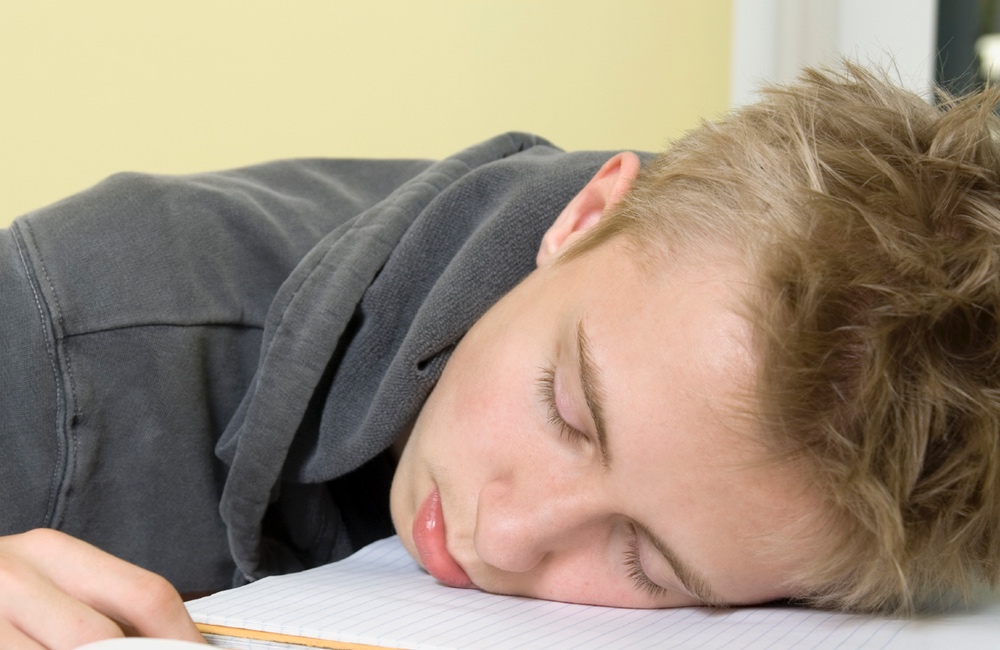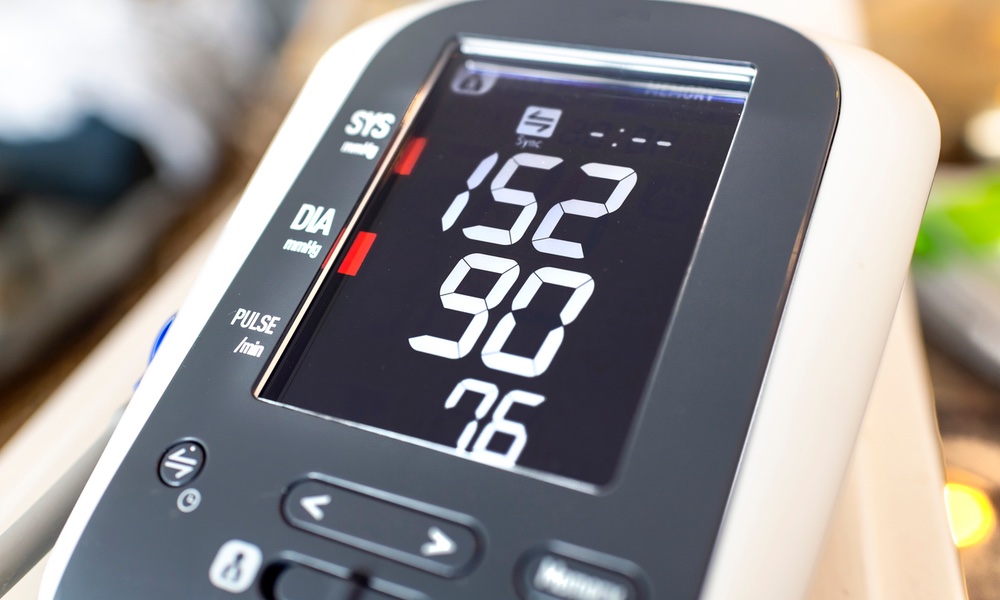Obsessive-Compulsive Disorder (OCD) is a common, chronic and long-lasting disorder in which a person has uncontrollable, recurring thoughts, obsessions and/or behaviors that he or she feels compelled to repeat over and over. A person with OCD may have worries about germs and wash their hands so many times a day that they become raw. Or they may fear they have failed to lock the door or turn off the stove and need to go back to check the door or the stove repeatedly.
Obsessive-compulsive disorders and behaviors affect an estimated one billion people worldwide. While the prevalence of such behaviors is widespread, their presentation may vary greatly from compulsive shopping to gambling to ritualistic gestures or routines such as skin-picking, counting or aggressive behaviors. The common denominator among all OCD-related behaviors is that they interfere with the quality of life of the person experiencing them.
Help may be on the way. Pain-free high-frequency electrical stimulation has shown enormous promise for the treatment of obsessive-compulsive disorders (OCD) and their symptoms. Patients given the treatment, in which the brain is stimulated with an electrical current — without electrodes needing to be inserted under the skull — experienced immediate and dramatic improvements in OCD symptoms among study volunteers after just 30 minutes of treatment for five consecutive days.Targeted, drug-free and non-surgical brain stimulation could treat not only OCD and depression, but other chronic mental and behavioral conditions.
Current standards for the treatment of OCD and related disorders include antidepressant drugs and cognitive behavioral therapies, but these approaches don’t specifically isolate the parts of the brain which appear to play a causal role in the cognition of compulsive urges.
Electrical stimulation can either kickstart or help modulate excess activity in various regions of the brain that govern its functions. This approach has been used to treat severe depression for a number of years by stimulating regions of the brain related to mood and energy into greater activity.
“We found that by potentially disrupting this brain activity related to reward learning we could reduce obsessive-compulsive behaviors, and that these benefits persisted for three months,” lead researcher, Robert Reinhart, said in a statement. “The results suggest it may be possible to noninvasively and electrically impede brain activity and behaviors that are undesirable to help people who are ‘stuck’ in a particular mode of functioning as is the case with obsessions and compulsions.”
The Boston University Department of Psychological and Brain Sciences team administered personalized patterns of electrical stimulation to patients’ brains in the regions that rule learning and repetition, using a newly developed technology called high-definition transcranial alternating current stimulation.
The study is published in Nature Medicine.





